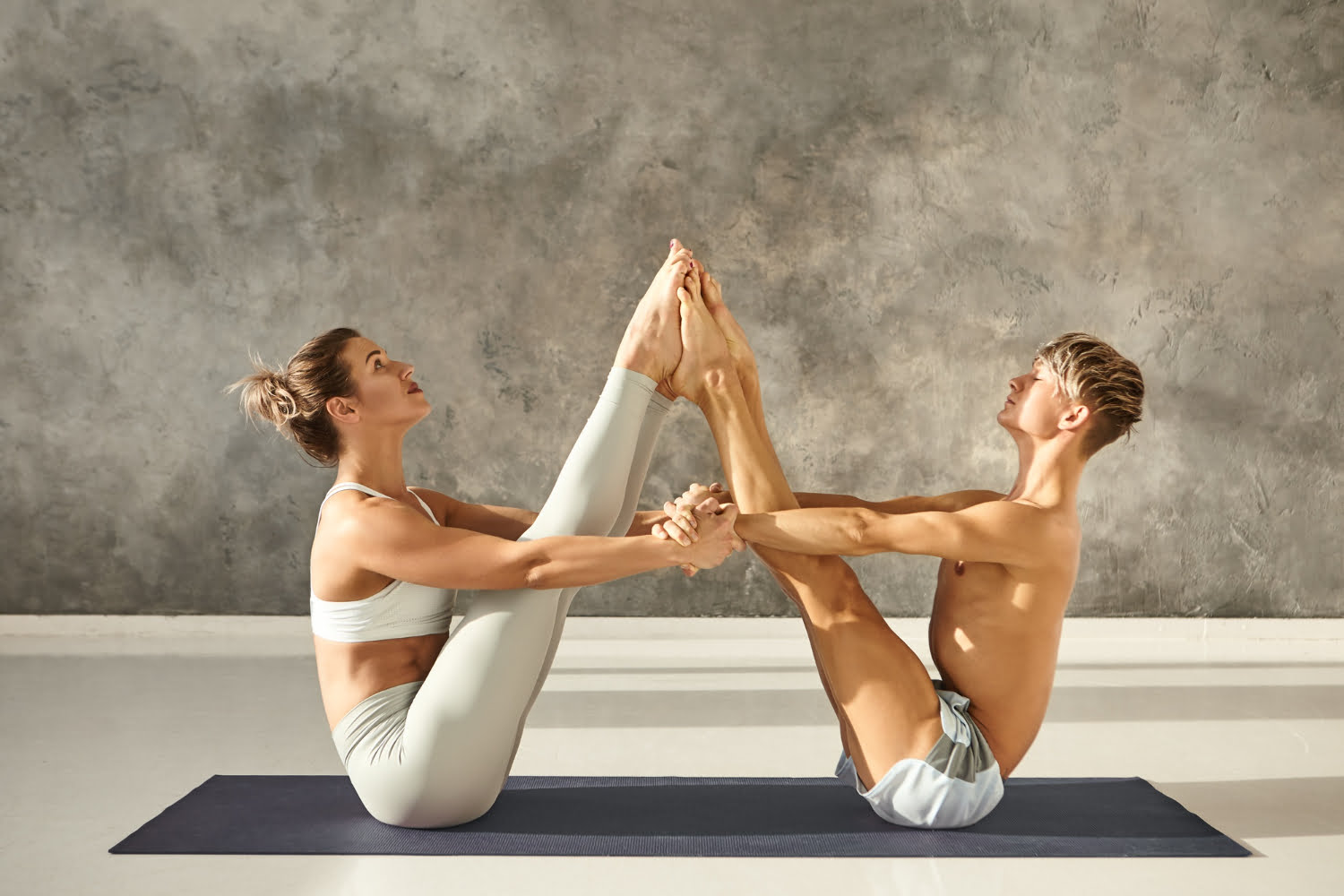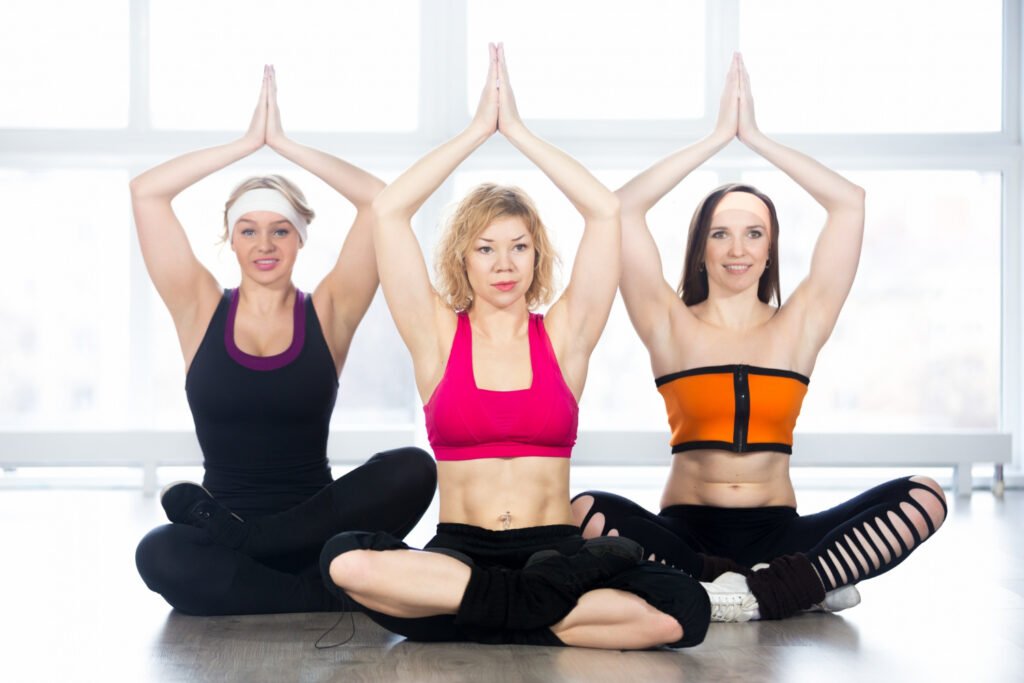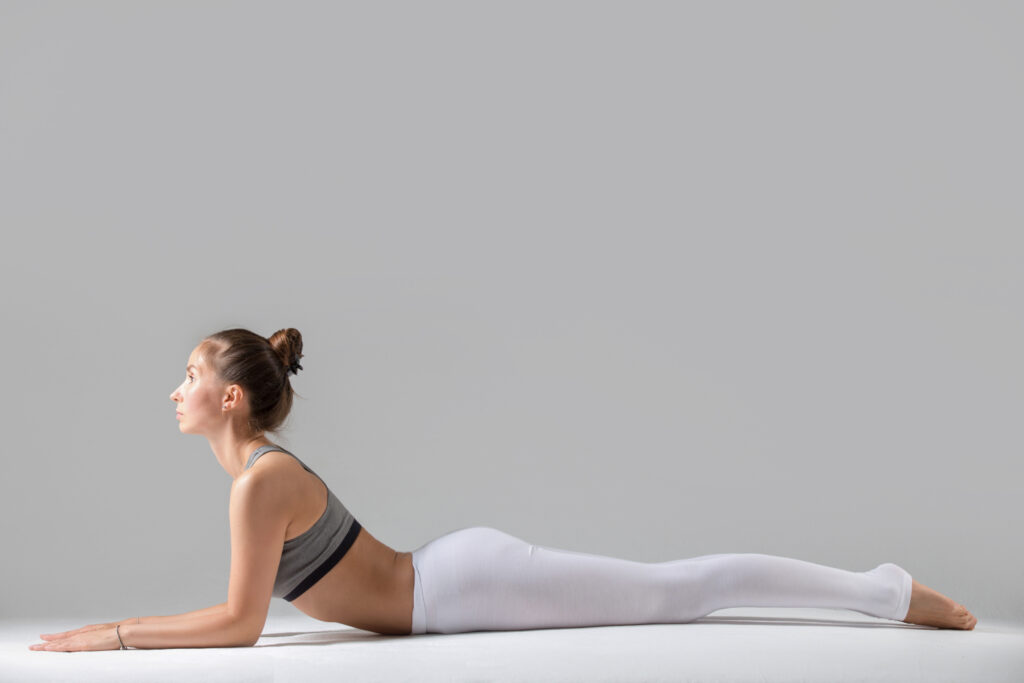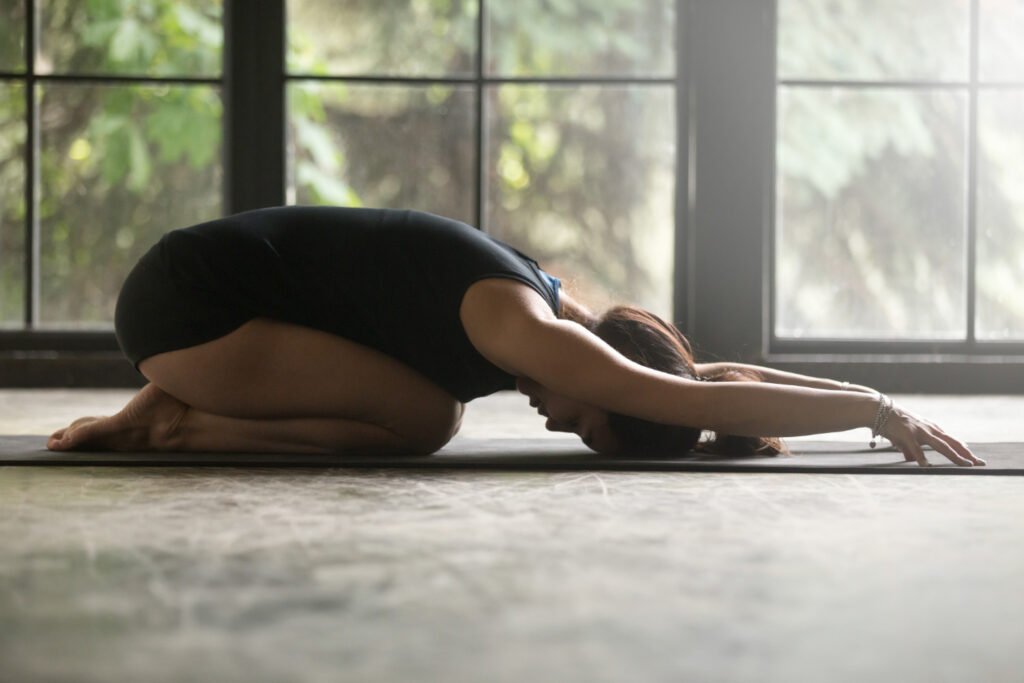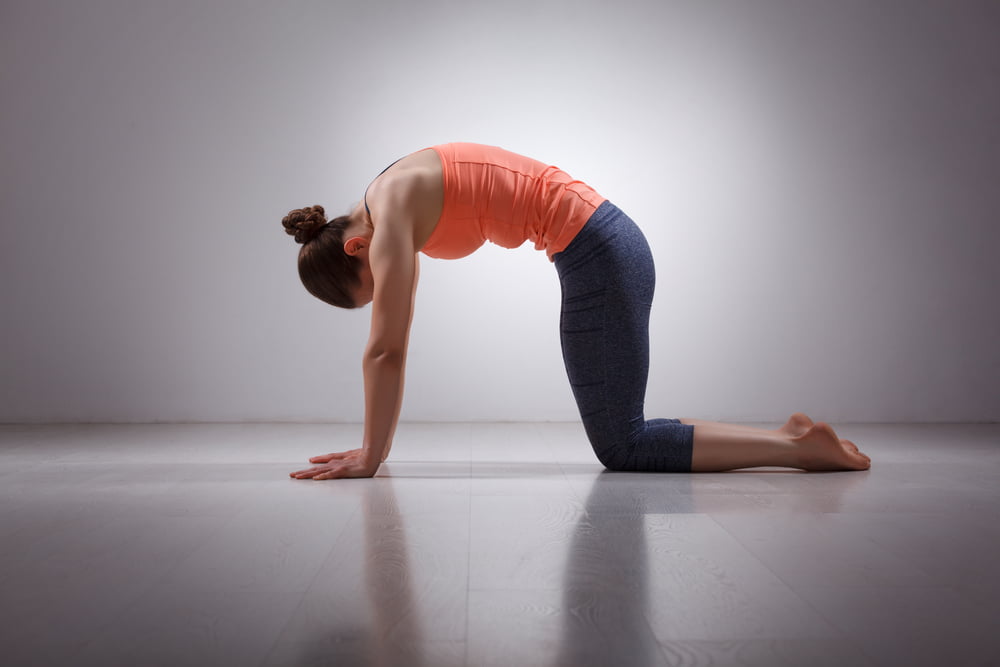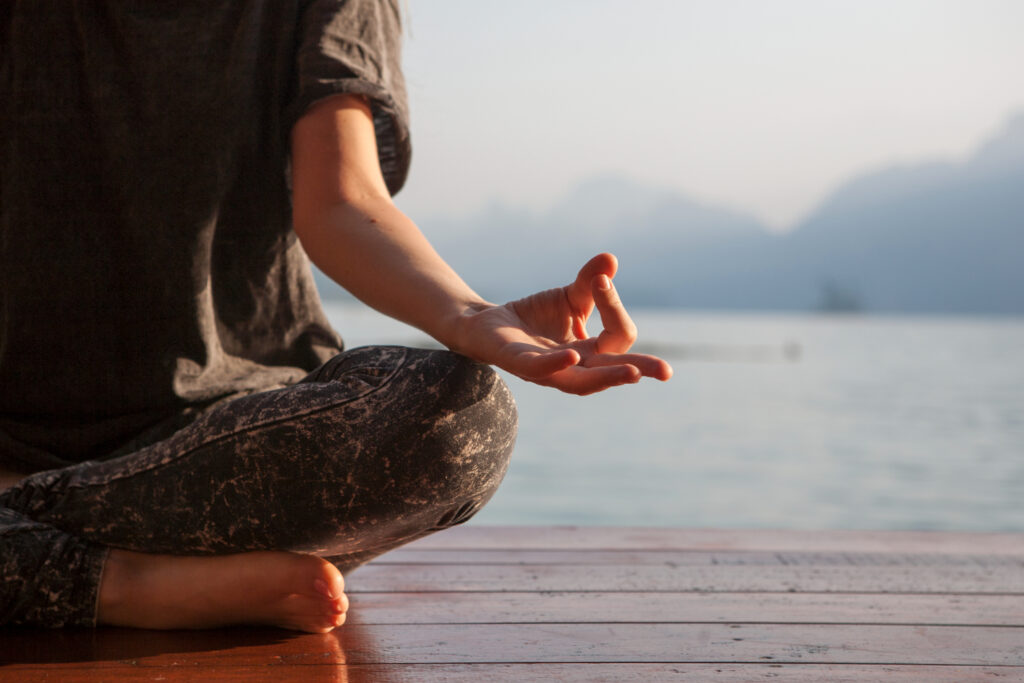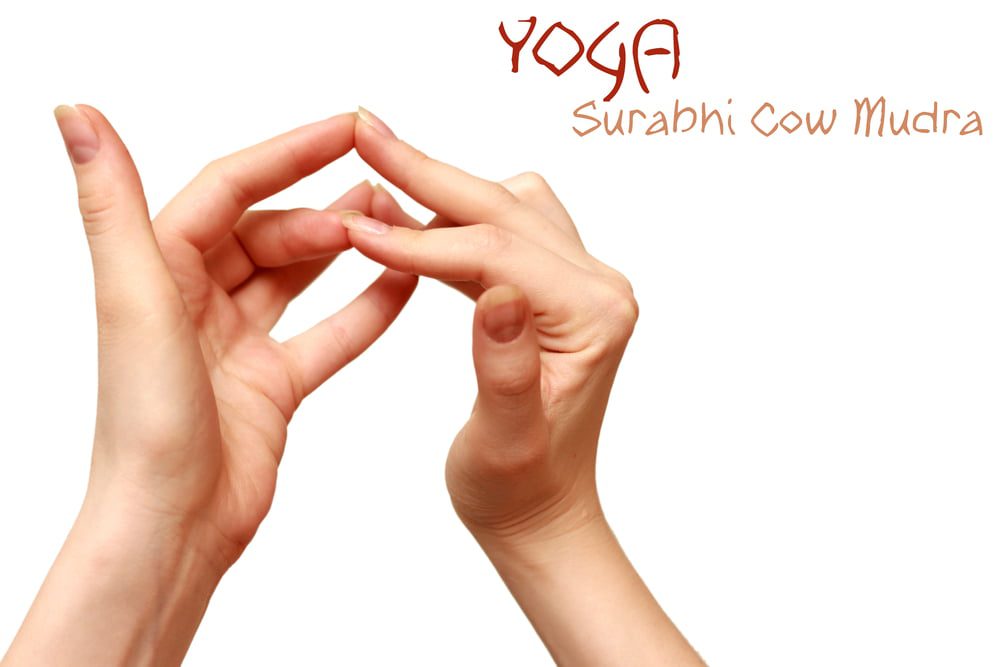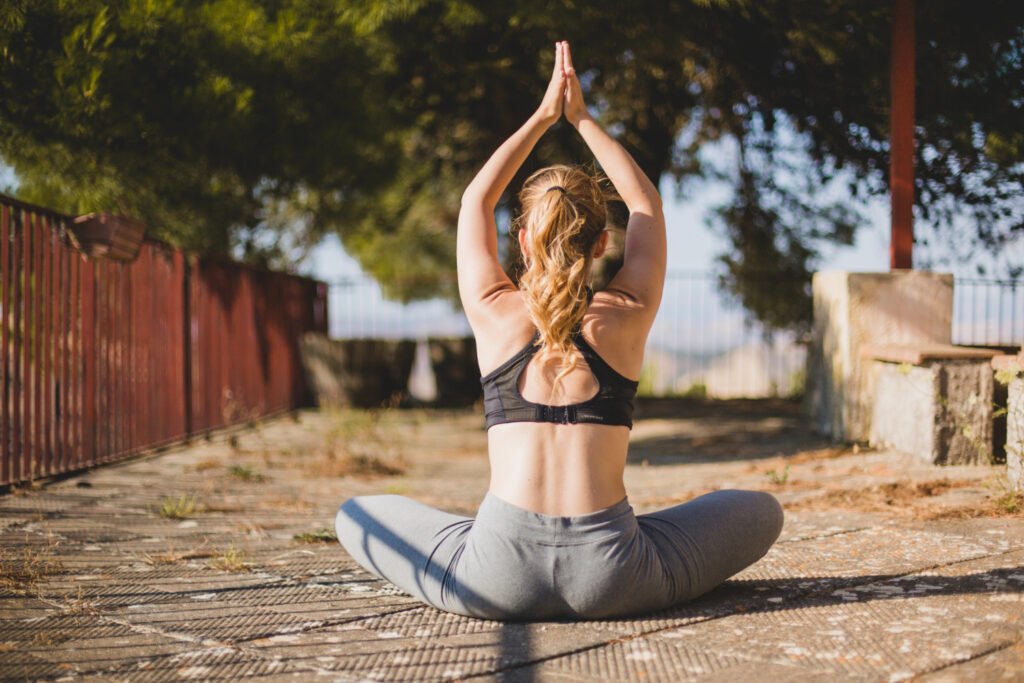In a world bustling with stress and chaos, finding solace in simple yet profound practices has become crucial for maintaining balance and well-being. Among these practices, cuddle yoga stands out as a nurturing, therapeutic, and deeply connective experience. Let’s embark on a journey to explore the wonders of cuddle yoga, unravel its benefits, learn how to perform it safely, and understand common mistakes to avoid.
What is Cuddle Yoga?
Cuddle yoga, also known as partner yoga or Thai yoga massage, is a gentle form of yoga that involves intimate physical contact between two individuals. It combines elements of yoga, mindfulness, and touch therapy to promote relaxation, trust, and emotional bonding. Through synchronized movements, breathwork, and compassionate touch, participants experience profound levels of comfort and connection.
Benefits of Cuddle Yoga.
- Stress Reduction: Cuddle yoga triggers the release of oxytocin, the “love hormone,” which reduces stress and promotes feelings of relaxation and well-being.
- Improved Communication: By fostering trust and vulnerability, cuddle yoga enhances communication skills and deepens interpersonal relationships.
- Enhanced Intimacy: Through gentle touch and shared experiences, cuddle yoga strengthens emotional bonds and cultivates intimacy between partners.
- Physical Healing: The gentle stretches and massage techniques employed in cuddle yoga help alleviate tension, improve circulation, and relieve muscular pain.
- Mental Clarity: Engaging in mindful breathing and synchronized movements during cuddle yoga promotes mental clarity, focus, and presence.
Scientific Evidence.
Research studies have shown that practices involving touch therapy, such as cuddle yoga, can have significant positive effects on both physical and psychological well-being. A study published in the Journal of Alternative and Complementary Medicine found that participants who engaged in partner yoga experienced reduced cortisol levels and reported lower levels of perceived stress and anxiety.
How to Perform Cuddle Yoga?
- Set the Mood: Create a peaceful and comfortable environment with soft lighting, soothing music, and clean, open space.
- Establish Trust: Communicate openly with your partner and establish clear boundaries and intentions before beginning the practice.
- Warm-Up: Start with gentle stretches and breathing exercises to prepare the body and mind for deeper connection.
- Explore Touch: Gradually introduce touch through simple movements such as hand-holding, gentle caresses, and synchronized breathing.
- Experiment with Positions: Experiment with various cuddle yoga poses, such as spooning, seated embrace, and partner stretches, while maintaining communication and respect for each other’s comfort levels.
- Conclude Mindfully: End the practice with a moment of gratitude and reflection, expressing appreciation for the connection and healing experienced.
Precautions and Common Mistakes.
- Respect Boundaries: Always respect your partner’s boundaries and comfort levels, and communicate openly throughout the practice.
- Avoid Pressure: Avoid applying excessive pressure or force during massage techniques, and focus on creating a safe and nurturing environment.
- Stay Hygienic: Maintain proper hygiene practices, such as washing hands before and after the practice, and keeping the practice area clean and sanitary.
- Seek Professional Guidance: If you have any medical conditions or concerns, consult with a healthcare professional before engaging in cuddle yoga, and consider seeking guidance from experienced instructors.
Personal Interview.
We spoke with Sarah, a certified yoga instructor with over a decade of experience in teaching cuddle yoga, to gain insights into the practice.
Q: What inspired you to incorporate cuddle yoga into your teaching?
A: “I’ve always been drawn to practices that emphasize connection and intimacy, and cuddle yoga embodies those values perfectly. Witnessing the profound impact it has on my students’ lives, both individually and in their relationships, continues to inspire me every day.”
Q: What advice do you have for beginners interested in trying cuddle yoga?
A: “Approach it with an open mind and heart, and prioritize communication and consent above all else. Start slowly, and don’t be afraid to explore and experiment with different poses and techniques to find what feels right for you and your partner.”
Frequently Asked Questions.
While cuddle yoga is traditionally practiced with a partner, solo variations incorporating self-massage and gentle stretching can also be beneficial.
Cuddle yoga can be enjoyed by people of all ages and fitness levels, but individuals with specific medical conditions or trauma histories should approach with caution and seek guidance from a qualified instructor.
Bottom Line.
Cuddle yoga offers a unique opportunity to cultivate deep connection, relaxation, and healing through the power of touch and mindfulness. By embracing this practice with intention, respect, and an open heart, individuals can experience profound transformation in their lives and relationships. So, why not embark on this journey of self-discovery and connection today?
How we reviewed this article:
Our team of experts is always monitoring the health and wellness field, ensuring that our articles are updated promptly as new information emerges. See Our Editorial Process
May 13, 2025
Written By: Sharon LeBow
Reviewed By: Katy Insley
Written By: Sharon LeBow
Reviewed By: Katy Insley

 Workout
Workout
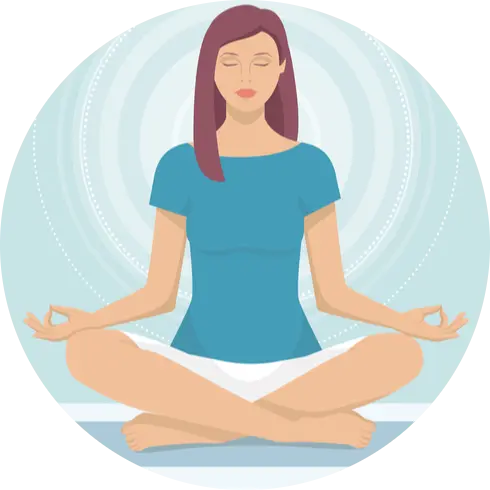 Meditation
Meditation





 Contact Us
Contact Us

